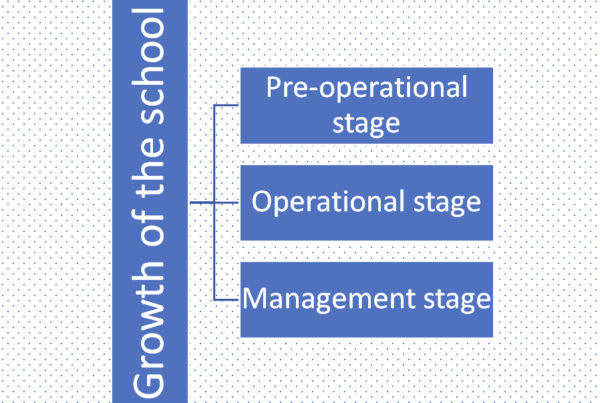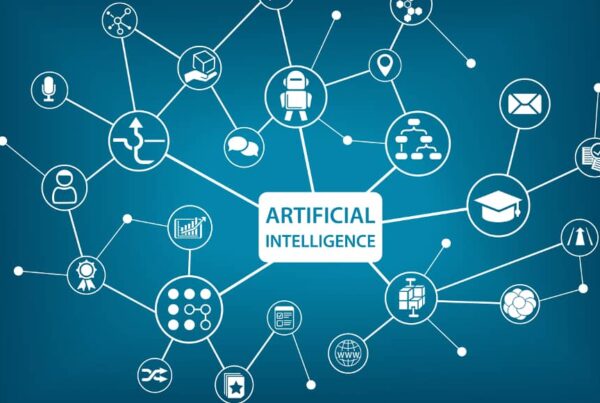The world of education continues to evolve and change as technology advances, and this is accelerating during the COVID-19 pandemic.
Technology has undergone countless changes over the years, making it a useful commodity for different sectors of society. It has become essential for educators to properly engage students. You need to stay up to date on these latest technological and pedagogical changes and the important factors that affect classroom learning.
-
Rise of hybrid delivery
While hybrid programs were gaining momentum even before COVID, digital course offerings have exploded. Governments are implementing hybrid models for semi-face-to-face and virtual learning models. Modeling, experience, and opinion of this sort will continue to dominate debates about program development and teacher education.
-
Increased use of technology-based interventions
Growing technological capabilities mean that there is a wealth of learning support media and tools to help students receive quality online education. With the advent of digital classrooms and technology-enhanced teaching on platforms, teachers have the opportunity to take advantage of discussion boards, video chats, audio and video feedback on assignments, and other tools provided by most learning management systems. It can be obtained. The online nature of these courses has increased the ability of teachers to use different learning styles.
-
Artificial intelligence in the classroom
Adding artificial intelligence and augmented reality to the classroom enables different dynamics surrounding learning and outcomes. Ideally, it can be more fun, engaging, and experimental. These technologies allow students to leave the classroom and explore opportunities remotely. Students not only access new and innovative concepts through textbooks but also experience them through more advanced interactions and virtual spaces. The presence of technology in the classroom has increased tremendously over the past decade, preparing students for careers while facilitating their learning both inside and outside the classroom. As we enter our new decade, these technologies will continue to expand our students’ notions of learning with integrated, interactive learning experiences facilitated by digital technology.

-
Soft skills training
Critical thinking, problem solving, people management, and creativity will continue to be the most preferred skills in the workplace. Employers want aspiring professionals to make tough decisions and demonstrate leadership skills. Institutions, boards of education, and individual teachers who uncover quality formulas to foster the development of these skills and improve student employability will help prepare students for their respective paths.
-
Facilitate learning and teaching
As the digital classroom grows, so does the relationship between teachers and students in the classroom. Teachers are now the subject of education. You will grow into a position to help students understand how to learn, love learning, and discover and understand the information they find. Learning has become readily available and convenient, and modern technology has contributed to this development. Students were able to virtually network with each other and continue their studies. The key skills we teach our students include the 4Cs of 21st-century learning. critical thinking. communication; cooperation; and creativity and innovation.
As educational consultants and educational services providers, we at D3 Consultants make sure to stay updated on the latest education trends and apply best practices in education. That’s why we are trusted as education investment in UAE, professional development education in KSA, and all GCC.



